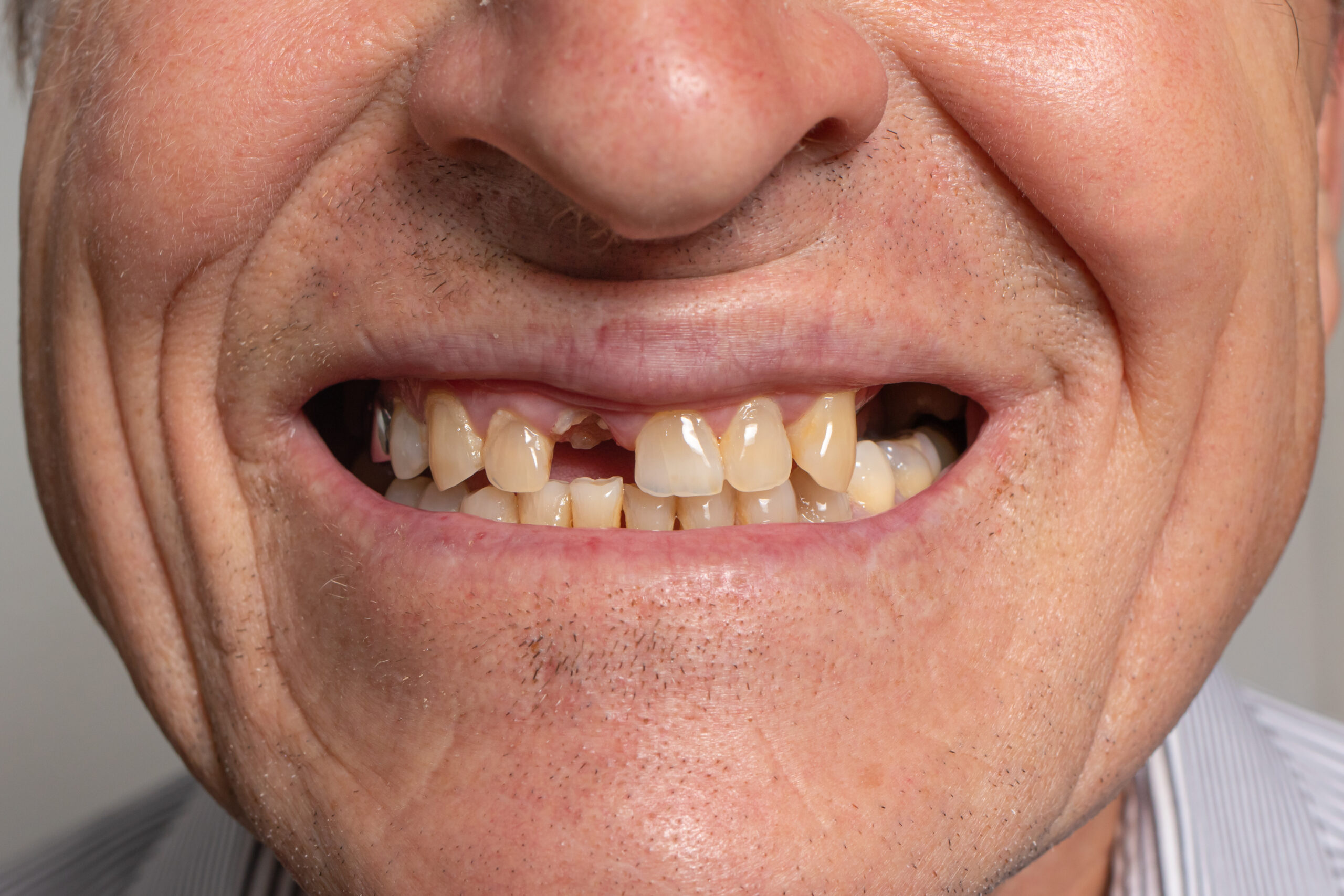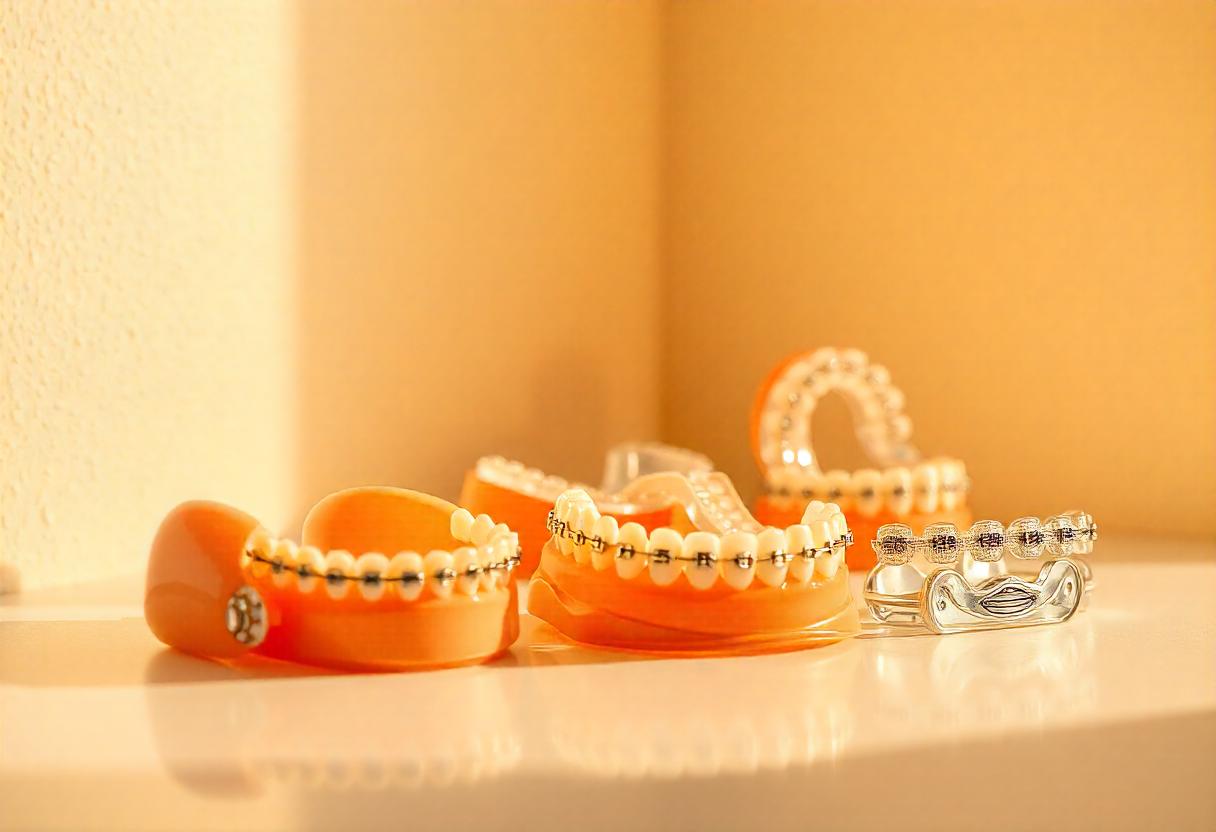What is invisalign treatment and how does it work?
Invisalign is the name assigned to a popular orthodontic treatment that many people are interested in because it is essentially a correcting treatment that gives people a more confident smile. It is predominantly used to treat people whose teeth are out of place due to overcrowding, gaps or badly shaped teeth.


The treatment is not dissimilar to the idea of braces, but without fixing anything to the teeth, and many prefer it as they may find braces to be uncomfortable, unsightly or difficult to manage. Instead, it uses clear aligners to put the teeth into place. These aligners are especially made to fit the form of the patient’s mouth, and effectively fit like a mouth guard would. Since they are made of a clear material and fit so precisely within the mouth, you can barely even notice them.
In order for the Invisalign aligners to take effect and to put the teeth into place, they have to be changed frequently to keep them maintaining form and to achieve the correct shape. This is all part of the plan, and it is standard practice to change them every one to two weeks, depending on individual plans and how quickly they work in each patient’s mouth.


Invisalign is a gentle process that does not hurt and does not cause stress to the teeth of the patient or unnaturally force them into place. It is a treatment that takes time and patience, but gives great, lifelong results that are more than worth the wait. There are various stages to the process, from the initial consultation with the dentist who will eventually carry out the Invisalign treatment to the regular check-ups with them to ensure that everything is going to plan. Initially, the dentist is open to any questions or doubts and is there to reassure the patient regarding the process and inform them about each step.
After the initial consultation, 3D computer imaging is used to make the special plan for each patient, analysing their teeth and the exact movement and form they take in order to create precise aligners and create new ones every few weeks. After this, the aligners are made using smooth, clear plastic to perfectly fit the mouth of the patient without causing any discomfort to the teeth or the gums.
3D imagery is used throughout the process to monitor the movement and shape of the teeth and to keep an eye on how the treatment is taking effect, and, ultimately, to constantly create a new set until the teeth are firmly in their place. Dental hygiene is always of utmost importance, and especially during the treatment, so regular appointments to check on the patient and give advice if needed are necessary.




